High-Mileage Madness!
Where ordinary mortals see only extreme discomfort, people who participate in extreme ultra-distance races find pleasure.
Where ordinary mortals see only extreme discomfort, people who participate in extreme ultra-distance races find pleasure. Who are these people? And what inspires them to take on some of the world’s toughest endurance events? – By Lisa Abdellah
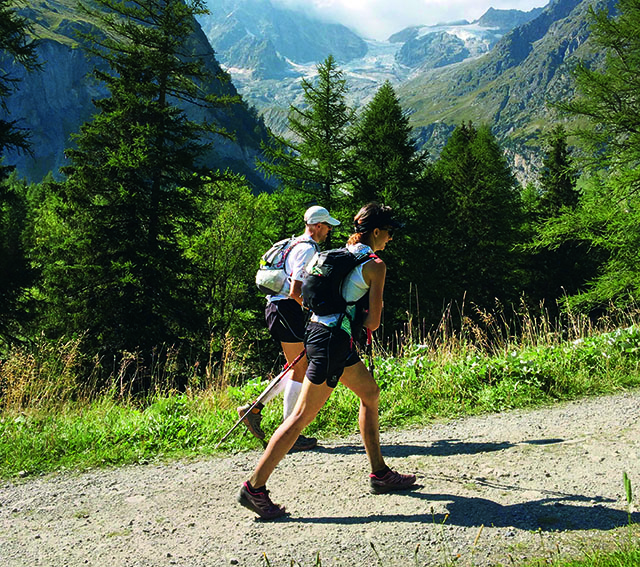
At 3am on Saturday, 30 August 2015, most of us were wrapped up in our warm, cosy duvets – but Alana Munnik was running on top of the Col de la Seigne, a mountain on the steep southern side of the Mont Blanc massif.
Munnik, 31, had already covered 65km of the Ultra-Trail du Mont-Blanc (UTMB), but was less than halfway along the 170km route that makes this famous race one of the two toughest single-day trail races in the world, along with the Western States 100-miler.
Munnik was heading into conditions typical of this remote region: hostile terrain, extreme weather. At various points during her race, she would experience bad digestion, sleep deprivation, intense fatigue, hallucinations and negative emotions – sometimes several of those combined. There was a genuine possibility that despite years of training, she might not finish.
This is her idea of fun.
Extreme ultra-distance races were once a fringe pursuit for the elite few, but in recent years, their popularity among mainstream athletes like Munnik has rocketed. Inspired by the biographies of such elite trail runners as Dean Karnazes and our very own Ryan Sandes, they compete in local races like the Cederberg Traverse, the Skyrun and the Ultra-Trail Cape Town, and even travel to destination races abroad.
RELATED: Sandes’ Epic Journey To Western States 100 Victory!
Not only do non-elites dedicate many hours of their lives to preparing for these extreme events; they are neither sponsored nor likely to win anything, and pay for the privilege of a painful experience out of their own pockets.
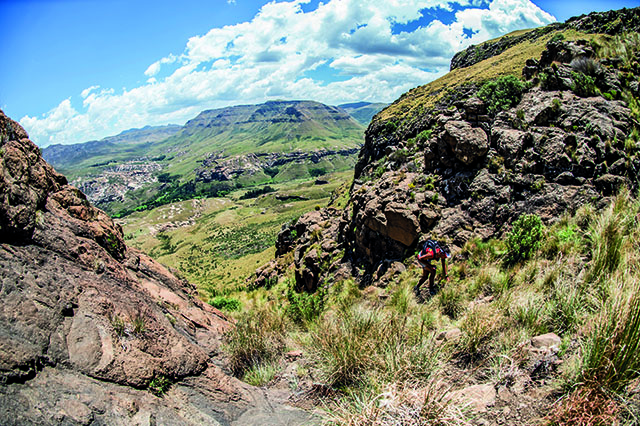
Who are they?
Do endurance athletes have specific personality traits that predispose them to participation in ultra marathons?
“In the past, there was lots of anecdotal evidence that endurance events were more suited to introverts; but some of the later research findings contradict this,” says Clinton Gähwiler, a psychologist at the Sports Science Institute of South Africa (SSISA).
Researchers at the Johannes Gutenberg-Universität Mainz, in Germany, found that endurance athletes are in fact extroverts, who are less likely to experience increases in wakefulness, vigilance, muscle tone and heart rate than introverts. So they look for stimulation elsewhere – through more extreme bodily activity. They seek adventure and competition, and are willing to take more risks.
The study also found that endurance athletes are low on neuroticism, meaning they are less likely to be moody, or to experience such feelings as anxiety, worry, fear, anger and loneliness. In other words, they’re better equipped to cope with the extreme situations they will face during an ultra-distance race.
“Endurance athletes are also willing to commit to a specific training plan that requires a certain level of sacrifice, as well as the ability to delay immediate gratification for the sake of achieving a long-term goal,” adds Gähwiler.
In another study, European researchers measured pain tolerance with a cold pressor test, in which the subject sticks a hand in ice water for as long as possible. He or she must first let the researchers know when it becomes painful, and then indicate when the pain is unbearable. In this test, active ultra marathoners tolerated significantly more pain than similar subjects with no marathon experience in the last five years.
What gets them through?
So endurance athletes’ ability to tolerate pain could just be down to a matter of experience. The more they compete in ultra-distance events, the more they are exposed to discomfort.
“You become more in tune with – and more confident about – the level of discomfort your body and mind can handle,” says Tatum Prins, who came second in the women’s race at the inaugural Munga Trail, a five-day/400km Mpumalanga race from Belfast to the rim of the Blyde River Canyon.
Given the personality type ascribed to endurance athletes, perhaps that’s why they perpetually push their physical and mental boundaries – the idea of finding out how much they can take excites them.
In order to go that little bit further than everyone else, experienced endurance athletes develop ways of coping with discomfort. In 2012, researchers at the University of Alberta, Canada, studied six entrants at the Canadian Death Race, a 125km course in the Canadian Rocky Mountains. All the athletes set small goals, and monitored pace, nutrition and hydration; and some had social support.
“It’s about managing yourself, from start to finish,” says Prins. “If you blow when you don’t eat every hour, then make sure you eat every hour. If you need two hours’ sleep every 24 hours, then get your head down. Eat before you feel hungry, sleep before you feel tired, and fix a hotspot before it becomes a blister.”
According to Gähwiler, another characteristic of successful endurance athletes is that they are as non-judgemental as possible during an event – doing their best with things as they are, as opposed to judging them for how they should be.
“When a part of me feels so sore that it’s all I can think about, I look at the beauty of where I am, and draw energy from it,” says Prins. “I know it sounds airy fairy, but it helps me.”
Are they all the same?
“There are so many people involved in endurance events now, for all sorts of reasons, that inevitably you start to find all sorts of people involved,” Gähwiler points out. While endurance athletes certainly have lots in common, in other ways they can be very different from each other.
The way a person approaches running can sometimes be influenced by past experiences. An example: Jock Green is a former pro cyclist turned runner who represented South Africa at the Trail Running World Championships. He admits he had a difficult childhood.
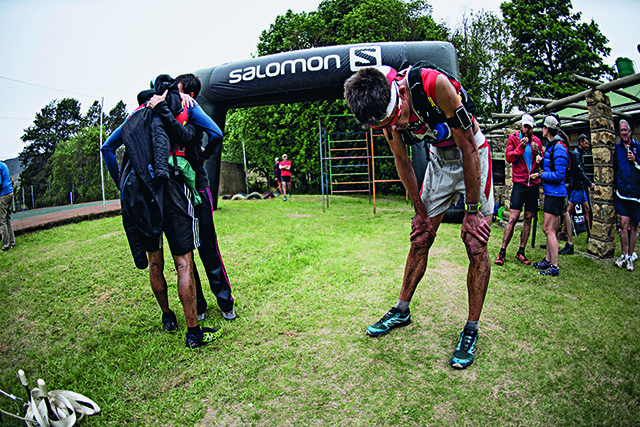
“My father left when I was two, my grandparents were alcoholics, and my brother was a drug addict. As a single parent who worked hard to put food on the table, my mom was never around to come and watch me at sporting events.
“Nobody inspired me; nobody told me to study, or even to get up in the morning. Because there was nobody there.”
In the absence of the support others take for granted, Green developed self-belief; and a constant need to prove himself. He needed both to become head boy at the private school he attended, and later, a pro cyclist in Europe.
Green is open about his high levels of drive and competition; he fights to beat his own times. And he focuses inwards, on what’s happening in his own body: his breathing, heart rate, energy intake, and how his muscles are feeling.
“Sometimes I run from pain, and sometimes I run to feel pain,” he says. “When I’m not feeling happy, I tend to run better.”
He sees each aid station as more of a hindrance to his performance than a help. “Having a supporter there would distract me from concentrating on either extending my lead, or hunting down the runner ahead of me.”
On the other side of the divide, there’s Munnik. She grew up with high levels of support; on weekends, her parents would always watch her hockey and water polo matches – particularly her father, who himself ran the 100m and 200m in high school.
Now, as an adult, Munnik relies on outside stimulation; she attempts purposefully to distract herself from the discomfort. “I break the race down into manageable sections, from aid station to aid station,” she says. “I never think of the end at the beginning, because that would freak me out – I’d be looking at my watch, thinking I’ve only done 15 kays, and I still have another 140 to run!
“I focus on being in the moment; it’s like meditation. I think of the most random things during a race: sometimes I think about the past, and other times I take in my surroundings.”
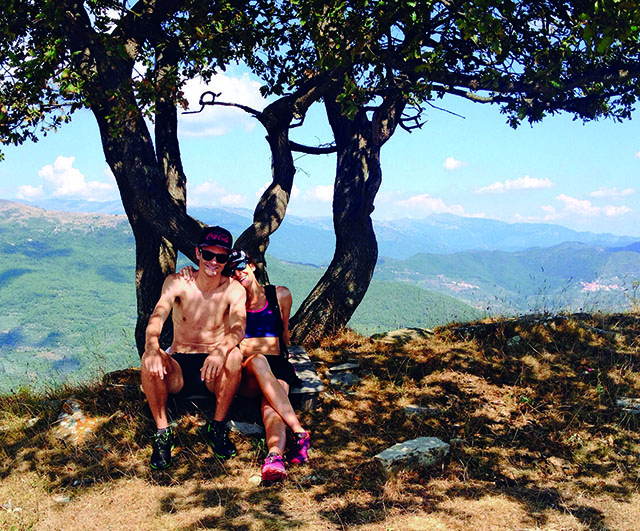
Unlike Green, Munnik welcomes the distraction of a friendly face when she reaches an aid station. Husband and loyal supporter Oli performs that task, taking care of her – especially late in a race, when often she almost can’t take care of herself. He helps her to figure out what she needs at the time – nutrition, new gear, a pep talk – and to transition her out of the aid station quickly, before she starts feeling too comfortable.
This means Oli also has to think about how his behaviour affects his wife, which is why understanding what she’s actually going through is crucial. Luckily he also has extreme-event experience, as he competes in endurance mountain-bike races. And he’d supported Munnik at races before UTMB: had she thrown Oli in at the deep end on Mont-Blanc, seeing her in that sleep-deprived and fatigued state for the first time might have freaked him out.
“If your supporter says something like, ‘you don’t have to finish, if you don’t want to’,” says Munnik, “that puts you in a negative headspace, and decreases your motivation to finish.
“Before the race started, I remember saying to Oli: ‘Whatever happens, don’t let me stop.’ And he did push me through some incredibly dark spaces; at times, I was literally sleepwalking.”
For Munnik, having Oli at each aid station isn’t always about actual physical or even emotional support. Sometimes just the idea of him being there – something she can rely on outside of herself – is comfort enough.
“Oli has to put Alana’s needs before his own,” adds Gähwiler, “because in that situation, she won’t always be in the mood for social niceties – at times, she may come across as unnecessarily grumpy.”
Why don’t they give up?
Because endurance races are long, there’s certainly more chance of things going wrong; but experienced participants understand that duration also increases the likelihood of things going right. Ultra runners often report coming back from their setbacks, because they’ve had time to fix the problems.

On the morning of the Lavaredo Ultra Trail, a non-stop 120km race through the Dolomites in Italy, Munnik had a bloated stomach, which she put down to pre-race nerves. Despite feeling unwell, she decided to start anyway. The first 60km was such a struggle, she was forced to walk for 10km.
“But somehow I managed to get my stomach to settle, and then I was able to eat some more,” she recalls. “Luckily the next section was downhill, and I felt strong enough to run it.” If she’d stopped when she first felt bad – or in a shorter event – she would have had to abandon the race.
When it comes to giving up, endurance athletes say that it’s acceptable to be timed out of a race (or to collapse), but simply opting out because you’re ‘having a bad day’ is unacceptable. At the Munga, after months of training, Prins looked forward to the achievement of a podium position – she wasn’t about to throw in the towel for the sake of a few blisters on her feet, no matter how painful they were.
For elites like Prins and Green, there’s also the added pressure of competitive success. Green wants to be on the podium – and he cares about what other people think of him. Sponsorship just adds to that pressure: he can’t disappoint his sponsors without good reason.
In his entire career, Green has dropped out of only two ultras. He ran 100km of the UTMB in 2016, vomiting up every morsel of food he tried to eat along the way. The 2013 Skyrun was called off by race organisers due to extreme weather conditions: 100km/hr wind, hail and sleet. At the time, Green was 20km away from the finish line, on top of a mountain. There was no other way to get home than to make his way back down. He developed hypothermia, and though he managed to wrap himself in a blanket, getting back was a matter of survival rather than completing the event.
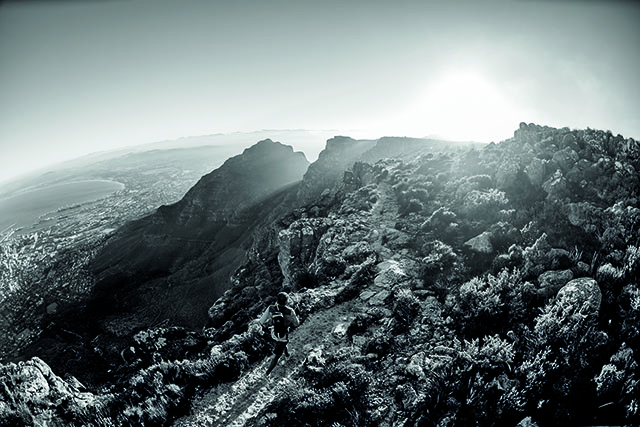
Prins has similar memories. “I was participating in an adventure race with my team, in Ecuador, when I got altitude sickness. The medics told me it would be life-threatening to carry on,” she recalls.
Where some athletes might have felt angry or dejected, both Green and Prins embraced their failure – because they bowed out knowing they had given it their all.
“Losing always just motivates me to train harder for my next race,” says Green.
So, why do so many drop out?
Researchers Dennis Bramble and Daniel Lieberman have argued that the human body is naturally adapted for long-distance running, because of our hunter-gatherer lifestyles in the past; and studies suggest that some personalities are, too.
But given the high drop-out rate at UTMB – 40% of the field don’t make it, and a large proportion of the rest of the field just scrapes through in the final hours – how prepared are human beings for these events, really?
Having the right personality for endurance running means nothing without the experience to match. “Athletes are unsuccessful because they’ve undertrained, and underestimated the task at hand,” says Munnik. “Or because they’ve overtrained – and having already done too much, their body revolts as soon as they start.
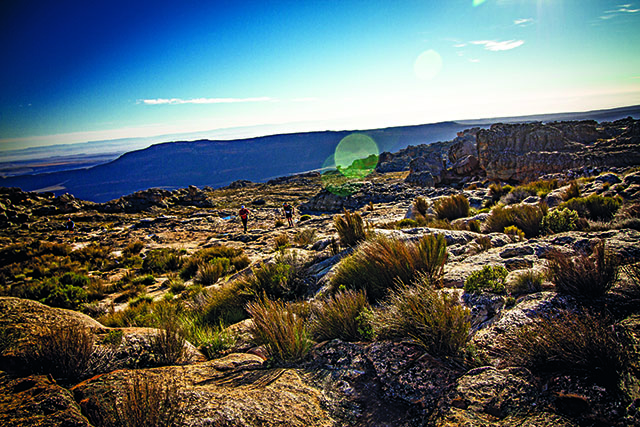
“The key with any ultra-distance race is not to go out too hard. You see it time and again: people feel comfortable and think they’re okay, and then all of a sudden they blow to pieces halfway through the race. Your race really only starts in the last 30% – if you’re still feeling strong at that point, then you’ve had a good one.”
In the event of an exception like Munnik’s Lavaredo comeback, the ability to adapt pays dividends. “When athletes aren’t flexible enough, they seem to limit the patience and energy they have for coping with stressors,” Gähwiler explains. “Inevitably, then, a succession of stressful events will gradually ‘empty’ their available coping resources.”

But as with most things in life, you can’t understand what it’s really like out there until you’ve experienced it first-hand. Munnik could describe her experience of running UTMB – and how happy she felt when she finished in the top 30% of the field, which included accomplished European athletes – to her dad, and as a successful runner himself he has some idea of what that means.
But he was a sprinter. Thirty-eight hours of pain? That’s another story.
The Ultra-Ultra Runner’s Top Five Bucket-list Races
Alana Munnik has already participated in the Ultra-Trail du Mont-Blanc® (UTMB) and the 100-K event at the Cederberg Traverse, both of which are two of her favourites – but she’s far from done. Here’s what’s next…
1. Hardrock 100 (160km), Silverton, Colorado.
“Colorado is the number-one place I’d like to run in the US. Climbing is my strong point, and this race has 10 000m of it. Traditionally, participants kiss a rock when they cross the finish line.”
2. UTMB (170km) (again), Chamonix, France.
“It’s an iconic race, dubbed ‘the holy grail of 100-milers’ by the international trail-running community.”
3. Cederberg Traverse (100km), Cederberg.
“It’s popular among local endurance athletes, because the valleys and kloofs are so remote that few have ever seen them. With the right marketing and logistics, I believe this event could attract an international field in the future.”
4. The Grand Raid de la Réunion (162km), Réunion Island.
“A properly wild race. I like the idea of summiting 3 000m, surrounded by mountains, volcanoes and the sea. Afterwards, I can reward my efforts by relaxing on the beach.”
5. Ultra-Trail Cape Town (100km), Cape Town.
“Destination races are great, but sometimes it’s nice to race on home soil. The cut-off time is tight, so just to finish would be an achievement.”
READ MORE ON: motivation ryan-sandes

